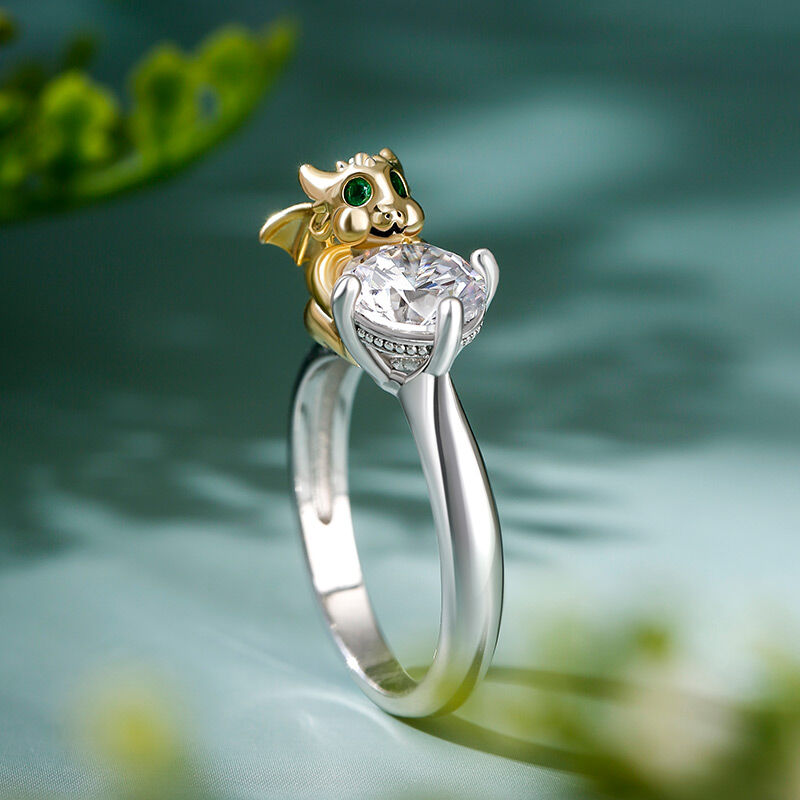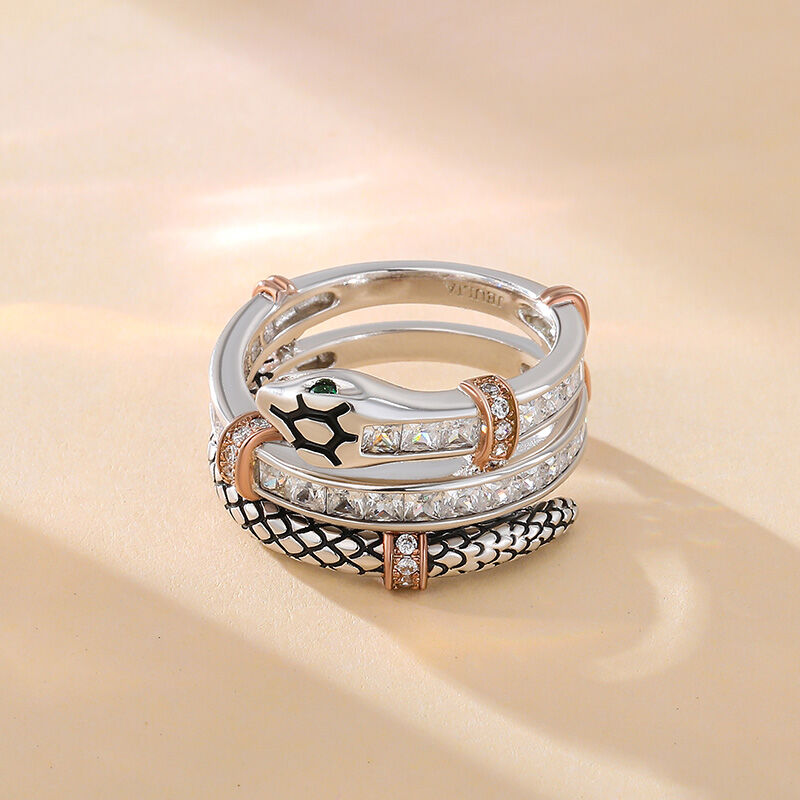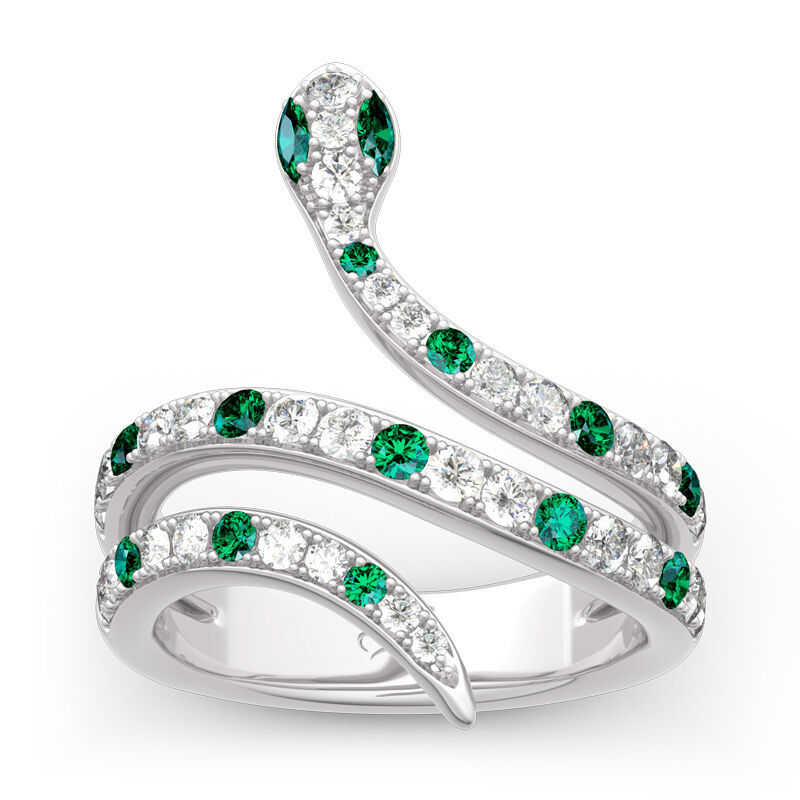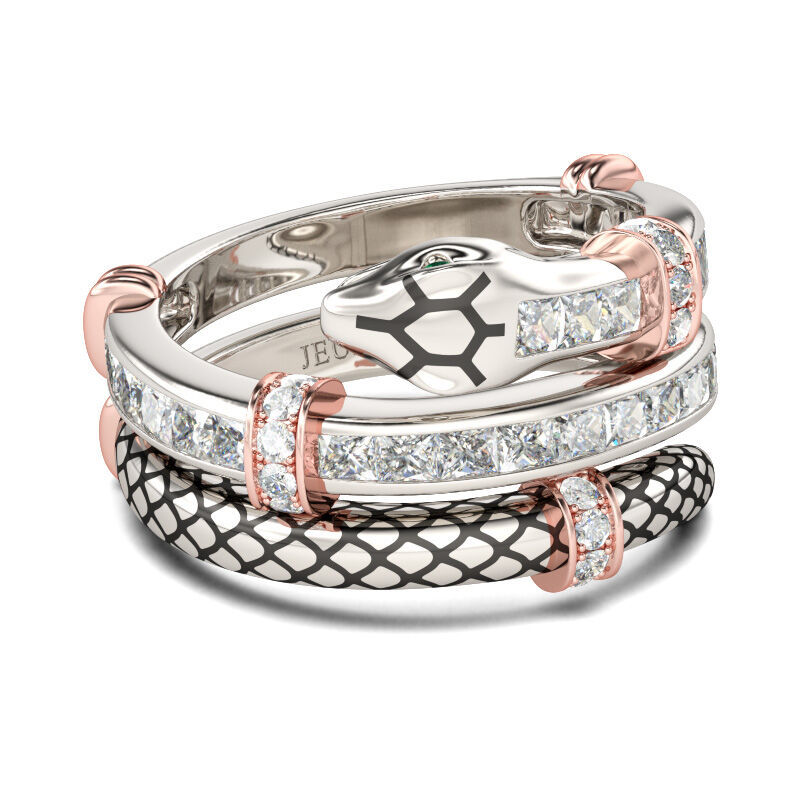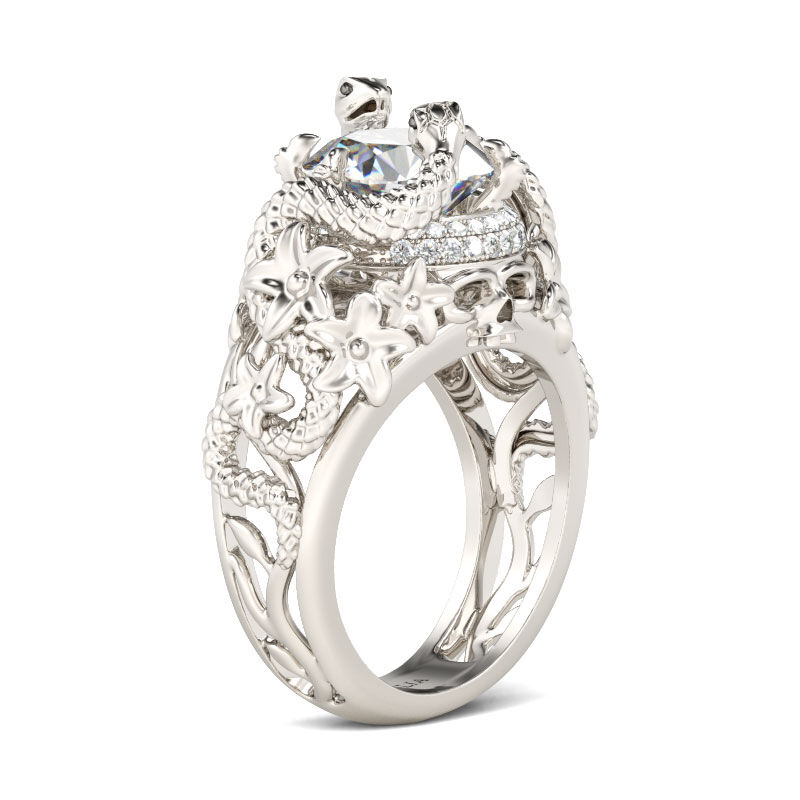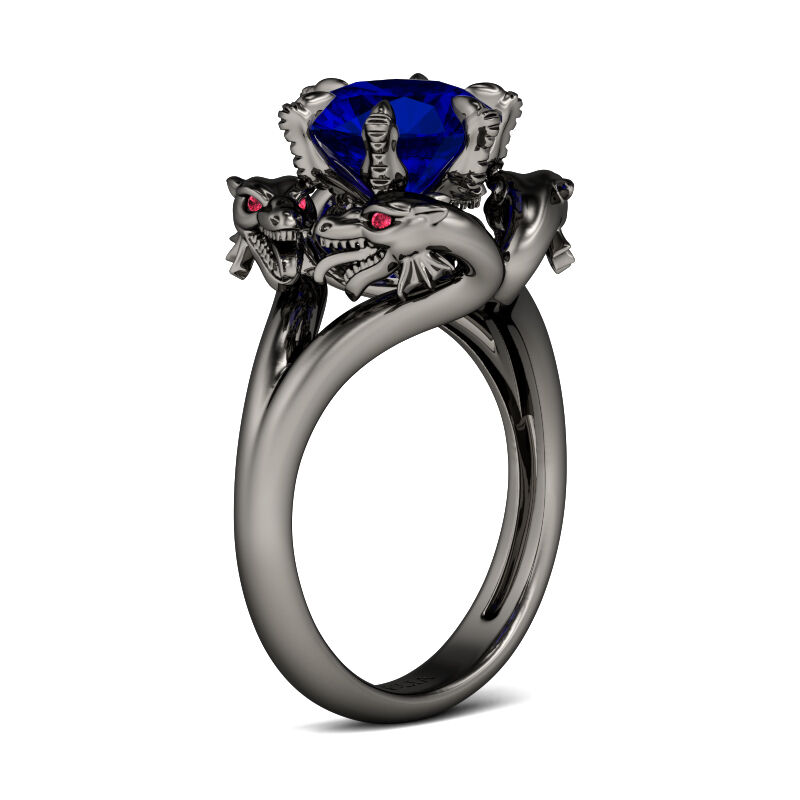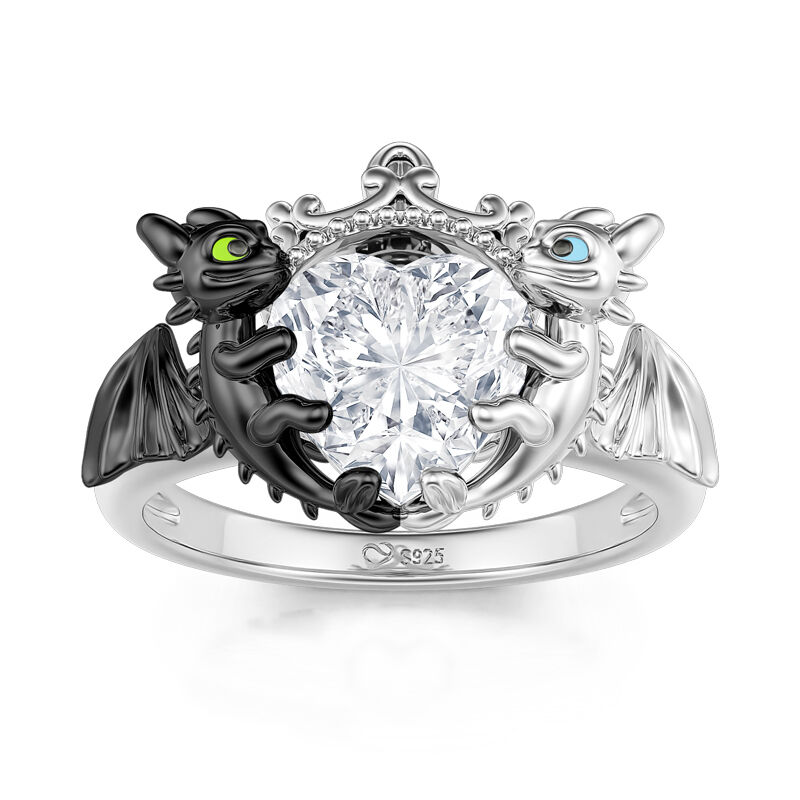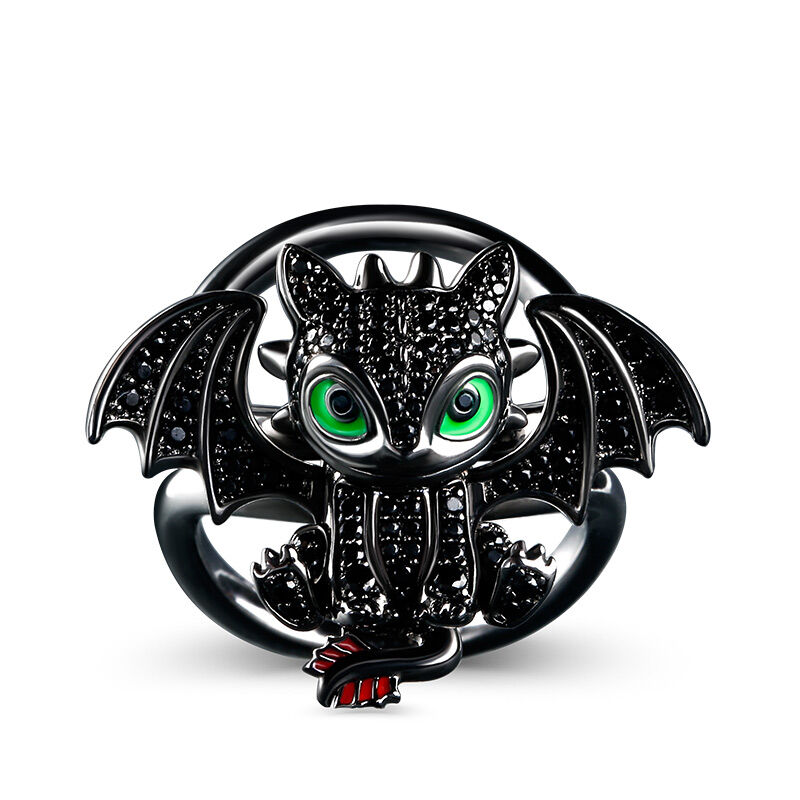Dragon rings, inspired by the majestic and mythical creatures of ancient lore, are not just accessories; they are statements of individuality and style. Whether you are a fantasy enthusiast, a collector of unique jewelry, or someone simply drawn to the enchanting world of dragons, choosing the right dragon ring can be both thrilling and a little overwhelming. With an array of designs, materials, and meanings, let’s explore how to select the dragon ring that fits your personality and style.
1. Understand the Symbolism
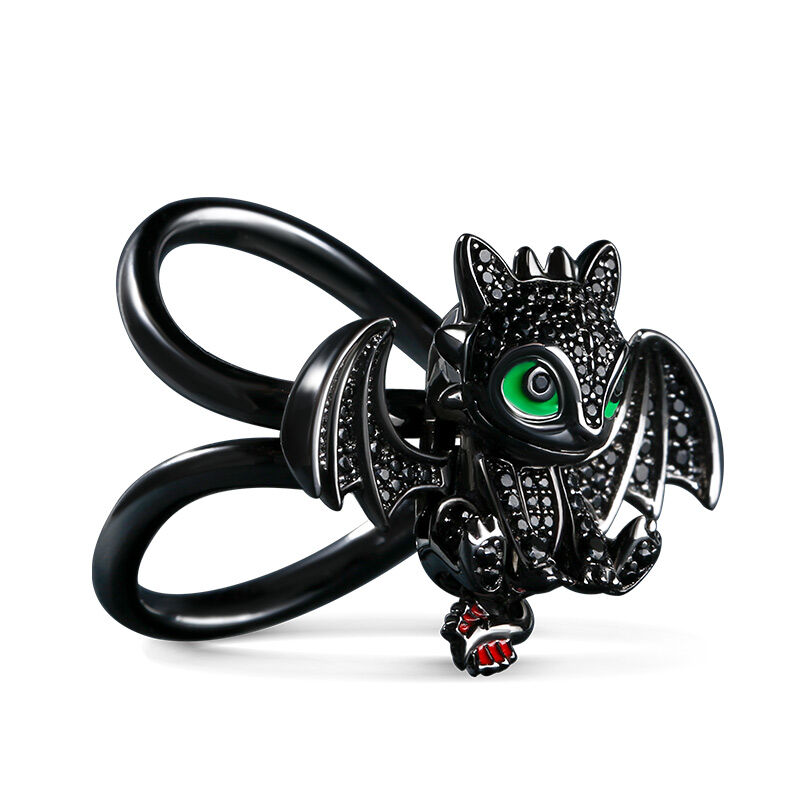
Before you dive into choosing a dragon ring, it’s essential to understand the symbolism behind dragons. In various cultures, dragons represent power, wisdom, protection, and transformation. They can embody different traits depending on their representation—fire-breathing dragons, for instance, symbolize fierce strength, while water dragons might represent adaptability and fluidity.
Consider what qualities resonate with you personally. A dragon ring could serve as a powerful reminder of your own strength or a talisman for protection and courage.
2. Determine Your Style
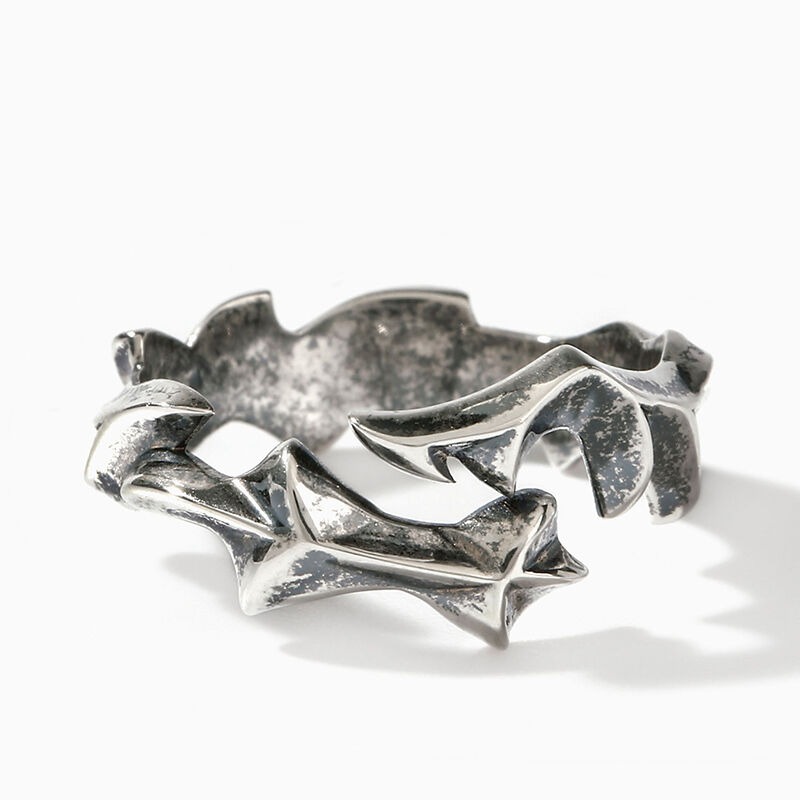
Dragon rings come in myriad styles, from minimalist and sleek designs to intricate, ornate creations. Here are some popular styles to consider:
- Classic Designs: These often feature traditional depictions of dragons and can be made from gold, silver, or platinum. They tend to have a timeless charm and can easily complement formal wear.
- Fantasy Designs: If you adore the fantastical aspect of dragons, consider rings with colorful gemstones or unique shapes that reflect a whimsical interpretation of these creatures.
- Gothic Aesthetic: For those who prefer a darker, more mysterious vibe, gothic-style dragon rings often incorporate elements like skulls, spikes, and dark metal finishes.
- Custom or Handmade Rings: Nothing says unique like a custom piece. Many artisans can create personalized dragon rings that symbolize your story, making it distinctly yours.
3. Choose the Right Material
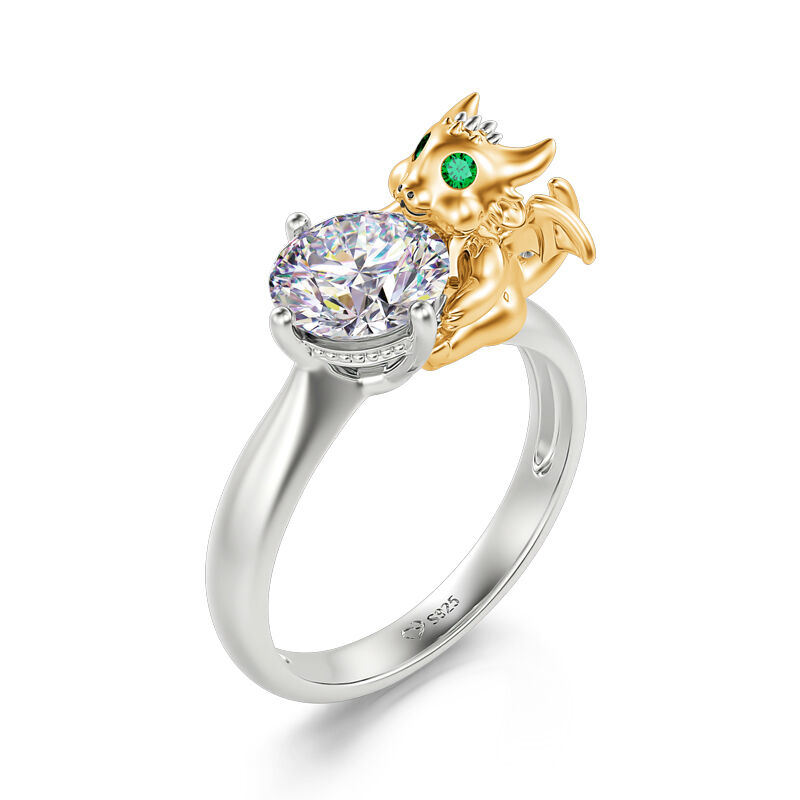
The material of your dragon ring plays a significant role in its overall look and feel. Here are some popular materials to consider:
- Gold: A classic choice that signifies luxury and durability. Yellow, white, and rose gold options give you a range of finishes for your dragon ring.
- Sterling Silver: A more affordable alternative to gold, sterling silver has a contemporary and sleek appeal. It often works beautifully with intricate designs.
- Stainless Steel: If you lead an active lifestyle, stainless steel is a durable choice that can withstand daily wear and tear while providing a modern look.
- Gemstones: Many dragon rings incorporate gemstones like sapphires, emeralds, or garnets in the design. Think about which stones resonate with you, both in terms of aesthetics and meaning.
4. Focus on the Size and Fit
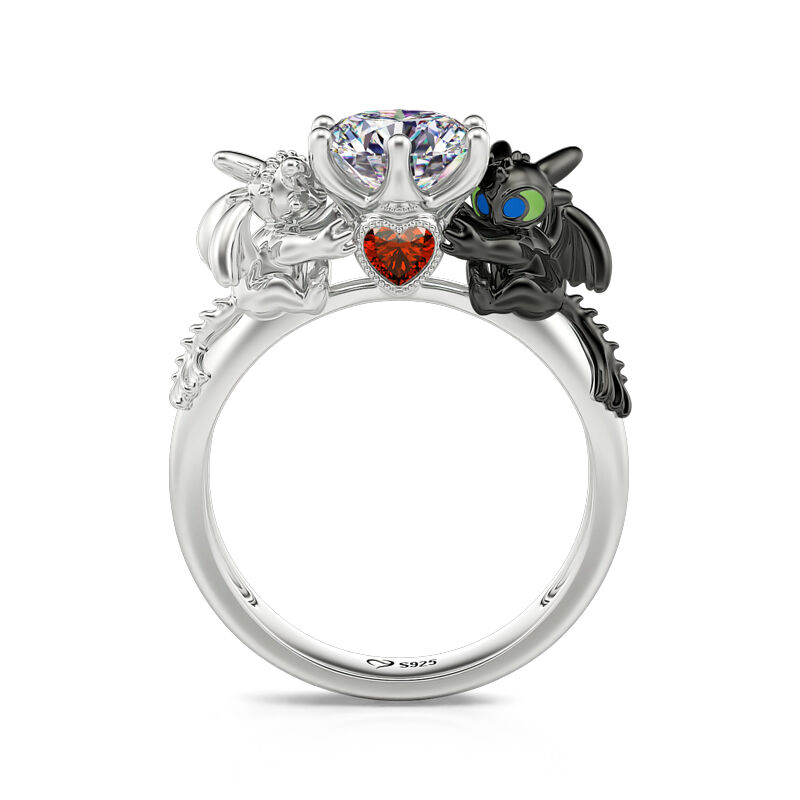
Finding the right size is crucial for comfort and look. Make sure you know your ring size before making a purchase. Here are some tips for determining your size:
- Measuring at Home: Use a ring sizer tool or wrap a piece of string around your finger and measure it. Make sure to account for the width of the band as wider bands may require a slightly larger size.
- Trying Before Buying: If you are purchasing from a physical store, trying on several styles will help you gauge how different designs fit and feel.
- Adjustable Rings: If you’re unsure of your size or like to wear rings on different fingers, consider an adjustable style. These can often be tweaked to fit comfortably on various fingers.
5. Embellishments and Details

Lastly, don’t forget to pay attention to the embellishments and details of the ring. The intricacies can greatly affect the overall impression the piece makes. Look for:
- Engravings: Some rings come with engravings or patterns that add depth and personality to the piece. You could even consider a ring that allows for personal engraving.
- Accents: Consider rings with additional motifs, like scales or flames, to emphasize the dragon theme. These details can really make your ring stand out!
Conclusion
Choosing a dragon ring can be an enchanting adventure, allowing you to explore your tastes, values, and personal style. By understanding the symbolism, determining your preferred design, selecting the right material, ensuring the perfect fit, and paying attention to details, you will undoubtedly find a dragon ring that feels just right for you. Embrace the magic of these mythical creatures and let your dragon ring be a lasting emblem of your unique journey!
More Jeulia Post:
The Enchantment of Butterfly Rings: A Symbol of Transformation and Beauty

